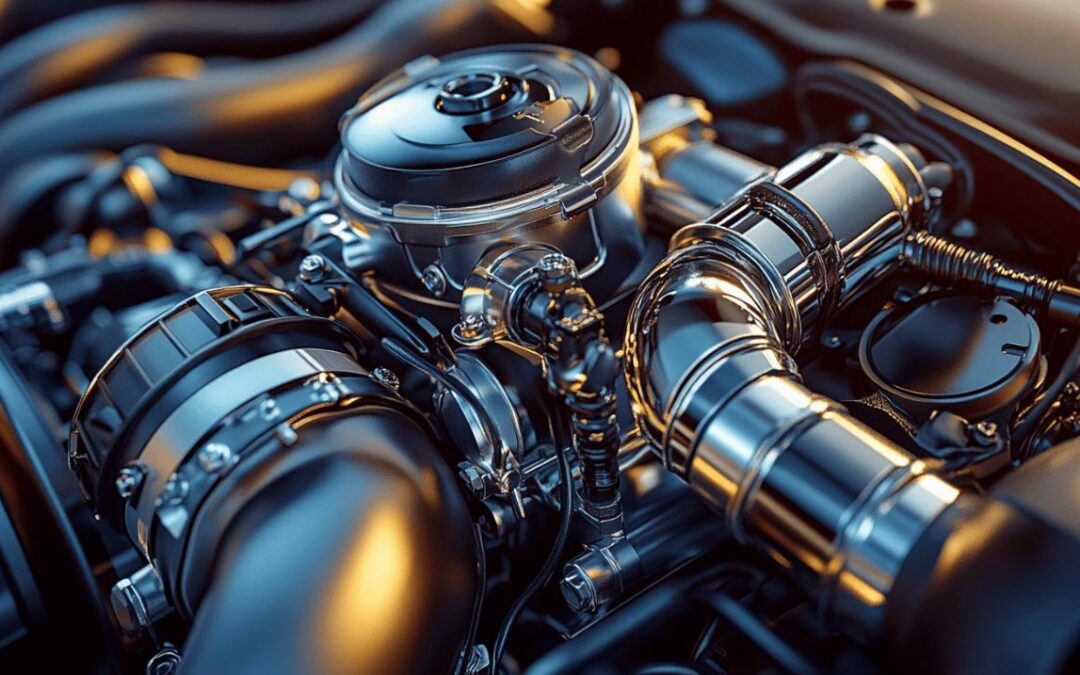Turbochargers have become increasingly popular in modern vehicles due to their ability to enhance engine performance whilst improving fuel efficiency. However, these sophisticated components require proper care and attention to ensure longevity and optimal function. In this article, we'll explore essential maintenance tips to keep your turbocharger in peak condition and prevent those concerning whistling noises that might indicate underlying issues.
Proper lubrication and cooling practices
The lifeblood of any turbocharger is proper lubrication. Auto Service Gall technicians emphasise that without adequate oil flow, these high-speed components can suffer premature wear or complete failure. Understanding the lubrication needs of your turbocharger is fundamental to extending its service life and maintaining optimal performance.
Using the Right Oil Grade for Your Turbocharger
Selecting the appropriate oil for your turbocharged engine isn't just a recommendation—it's essential for protection. High-quality, manufacturer-approved synthetic engine oil is typically the best choice as it provides superior heat resistance and lubrication properties compared to conventional oils. These specially formulated oils can withstand the extreme temperatures and pressures that turbochargers generate during operation. Essex Turbos recommends checking your vehicle's manual for the specific grade recommended by the manufacturer, as using incorrect oil can lead to insufficient lubrication and potentially costly repairs.
The importance of idle time after driving
One often overlooked aspect of turbocharger maintenance is allowing proper cooling time. After a spirited drive or long journey, letting your engine idle for approximately 30-60 seconds before switching off gives the turbocharger time to slow down and cool properly. This cooling period is crucial because turbochargers can reach temperatures exceeding 700°C during operation. Shutting down immediately after heavy use can cause oil to cook inside the turbo, leading to carbon deposits and premature bearing wear. This simple habit of allowing idle time costs nothing yet can significantly extend the life of your turbocharger.
Regular maintenance and inspection
Preventative maintenance remains the most cost-effective approach to turbocharger care. Regular inspections can identify potential issues before they develop into major problems requiring expensive repairs or complete replacement of your reconditioned turbocharger.
Air filter replacement and cleaning
The air filter acts as the first line of defence for your turbocharger, preventing dust, dirt, and debris from entering the system. Even small particles can cause significant damage to the precision components inside a turbocharger that rotates at speeds up to 250,000 RPM. Inspecting your air filter regularly and replacing it according to manufacturer recommendations—typically every 15,000 to 30,000 miles—is essential. Those driving in dusty conditions may need more frequent replacements. A clean air filter not only protects your turbocharger but also maintains optimal airflow for better engine performance and fuel efficiency.
Checking for Leaks in the Turbocharger System
Boost leaks are among the most common issues affecting turbocharged engines. These leaks can occur in various components including intercooler pipes, hoses, clamps, and gaskets. Regular visual inspections of the entire system can help identify oil leaks or deteriorating components before they cause performance issues. Signs of boost leaks include reduced power, poor fuel economy, and the characteristic whistling noise that often indicates escaping pressure. Addressing these leaks promptly maintains the correct pressure in the system and prevents more serious damage to your turbocharger.
Addressing turbocharger issues
 Despite careful maintenance, turbochargers may develop problems over time. Recognising the early warning signs can help you address issues before they escalate into costly repairs.
Despite careful maintenance, turbochargers may develop problems over time. Recognising the early warning signs can help you address issues before they escalate into costly repairs.
Identifying and diagnosing whistling noises
A whistling or whining noise from your engine bay often indicates a potential turbocharger issue. While some level of noise is normal for turbochargers, unusual or excessive sounds warrant investigation. These noises typically result from boost leaks or worn bearings within the turbocharger. Other symptoms that might accompany the whistling include loss of power, excessive smoke from the exhaust, or warning lights on your dashboard. Diagnosing these issues early can mean the difference between a minor repair and complete turbocharger replacement. Modern turbos from specialists like Essex Turbos come with warranty protection, but proper maintenance remains essential for warranty validity.
When to seek professional help
While some maintenance tasks can be performed by knowledgeable car owners, turbocharger issues often require professional diagnosis and repair. Specialists with technical support capabilities have the expertise and equipment to accurately diagnose complex turbo problems. You should consider consulting professionals like those at Essex Turbos in Witham when experiencing persistent performance issues, unusual noises, visible smoke, or warning lights. Their experience with various car brands enables them to provide targeted solutions for your specific turbocharger model, potentially saving you from costly misdiagnoses or inappropriate repairs.
Driving habits that protect your turbocharger
How you drive your turbocharged vehicle significantly impacts the longevity of its components. Developing engine-friendly driving habits can reduce strain on your turbocharger and prevent premature wear.
Warming up your engine properly
Starting your journey with consideration for your turbocharger pays dividends in long-term reliability. Allow your engine to reach operating temperature before demanding full performance. This doesn't necessarily mean extended idling—modern engines warm up more effectively under light load. Drive gently for the first few minutes until oil temperature rises and proper lubrication reaches all components including your turbocharger. This practice ensures oil viscosity is appropriate for protecting the high-speed bearings in your turbo system.
Avoiding harsh acceleration with cold engines
Aggressive acceleration with a cold engine places enormous stress on your turbocharger. Cold oil is thicker and flows more slowly, meaning critical components may not receive adequate lubrication during high-demand situations. Waiting until engine temperature reaches normal operating range before using full throttle significantly reduces wear on turbocharger bearings and other components. This patient approach to driving not only preserves your turbocharger but contributes to overall engine health and potentially improves fuel efficiency in the long run.

